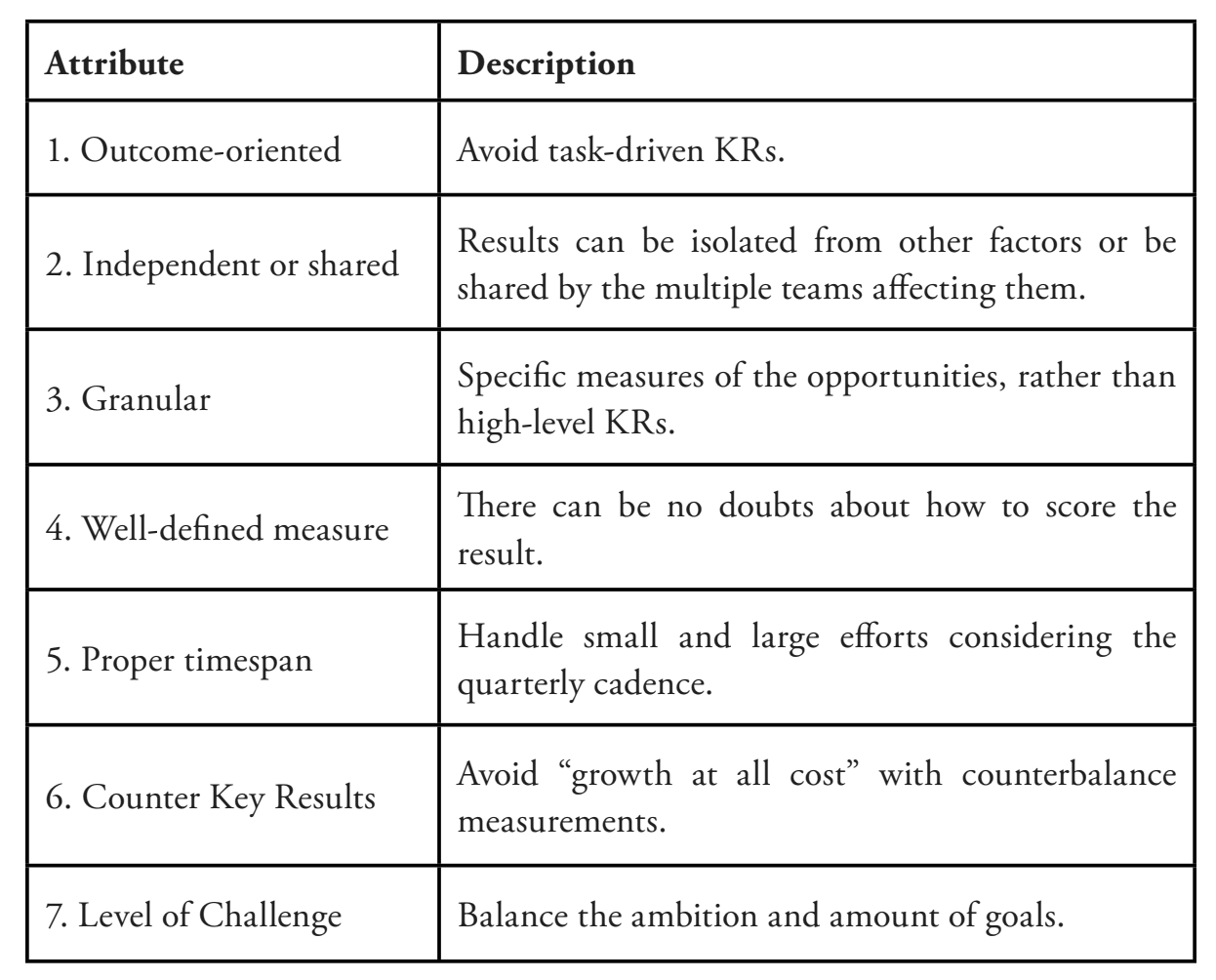For some reason, OKR planning in most companies is a stressful moment that we go through each quarter. We need to consider myriads of inputs, definition sessions, and cross-team alignments to create high-quality OKRs for our team.
While this is challenging for organizations of any size, large enough organizations (usually more than 8 product teams) also have to deal with difficult dependencies and different function or business units alignment that adds an extra layer of complexity.
But this won’t be another article about setting OKRs. These large organizations usually have product leaders (with titles like Directors of Product, Heads of Product, Product Lead, etcetera). And the question I’ll try to answer is: what is the product leader’s role in the OKR setting phase?
For clarification, this will not be about the CPO’s role. It’s about the product organization’s middle management.
Background
While, in essence, it may be clear that the role is to support the teams in their OKR creation, many times, processes and responsibilities are not always precise.
For example, upper management will have priorities that they want to see reflected in teams’ efforts. Balancing the level of top-down direction with the freedom of bottom-up team discussions is no easy endeavor. You can fail to deliver the alignment that upper management expects or fail to give the team enough room to analyze and present their ideas.
To avoid making a long list of difficult situation examples, let’s jump into the responsibilities and the role in different process steps for the product leader.
Responsibilities
While the list will probably vary with specifics for each company, I believe 3 key responsibilities must be present to truly support empowered teams:
1. Provide context and direction
First and foremost, product leaders should provide context for teams to make informed and aligned decisions. Leaders should understand the company’s vision and strategy, be able to communicate it in a meaningful way, and clarify the role their “unit” plays in that strategy.
This doesn’t mean they should have all the answers. Part of empowering the team is letting them explore the opportunity space and even challenge the strategy. But the strategic direction should be clear to help the team make the right assessments and select aligned problems to solve.
I consider it important to have these discussions not only directed towards the product managers but to the “product trio” or even all team members. Of course, engineering and design leaders should participate, but none of these leaders should isolate feedback directed to their discipline.
A good OKR Planning is always required and we have taken care of this from our side, to provide you with the right tools.
2. Help with opportunity space exploration
Depending on the team’s seniority and skills, they may need a little help to map the context and direction to the opportunities they can pursue.
How can the product lead help?
- Ask to review and challenge the opportunities the team is considering. Tools like an Opportunity Solution Tree can help the typical “go ahead with the first idea we have.”
- Ask and challenge the value of opportunities: instead of having pure ideation and opinion-based decisions, try to make the team explore the facts and results to support the listed options.
- Help teams build their assumptions and hypotheses: similarly, the expected impact of an opportunity will be based on unknowns. If we formulate, we can later explore (and pivot if incorrect).
3. Push for high-quality KRs
Finally, no matter how much we say OKRs are an easy framework, having high-quality key results is hard.
So a vital responsibility of the head of product is being that guardian of quality, signaling, and challenging when a KR has room for improvement. This should be a coaching opportunity, helping teams understand the quality attributes and why they are essential.

The role in the process
Besides the responsibilities, we can also mention their involvement in the different steps of the OKR creation process. Of course, this can vary widely from company to company, but let me explore a few of the typical steps.
1. The kick-off and “unit” level OKR draft
The beginning of the OKR preparation season is the moment to provide context. We usually do it with a kick-off meeting where we present the strategy with the most pressing topics or goals.
Some companies also use OKRs per unit, which usually product leaders are in charge of presenting. The kick-off should not include a detailed version of them, but an initial draft can help guide the team, as long as they interpret them as ideas to be explored and challenged and not top-down mandates.
2. Helping define KRs and explore select opportunities
After providing context, the teams will start working on their definitions. The leader can have smaller rounds with each team or each Product Manager to help explore the opportunities and how to measure them.
These meetings can resemble workshops or working sessions, where they explore the OST, and everyone can discuss how to measure them. It is an excellent chance to challenge both assumptions and key results to improve quality.
3. Review team drafts
Once teams have drafts ready, leaders can use another 1:1 or small group meeting to provide feedback before presenting them to larger groups. Again, this is a coaching opportunity, and it shouldn’t be “approval” or “veto” time.
4. Dependencies
Chances are, especially in large and complex organizations, that teams have dependencies. To achieve your challenging KRs, you will need collaboration from other teams. Likewise, other teams will approach you looking for help with their goals.
Ideally, this is a process that teams can solve on their own. If the context is clear and priorities easy to understand, there are good chances that teams can debate and agree on which are the most critical opportunities to pursue when conflicts arise.
Suppose teams don’t reach an agreement. In that case, it is appropriate that they escalate it to the product leader, who hopefully can bring more context and help decide which team’s objectives have higher priority. (And take it as feedback for future rounds since the context was not clear for teams).
Conclusion
I hope this helped clarify how product leaders can add significant value without micromanaging or disempowering teams. Context, challenge, and quality are the key factors to help teams become more successful.


 "
"



![Employee Intranet Portal – 6 Easy Steps to Build It [Office Communication]](https://woffice.io/wp-content/uploads/2025/03/Employee-intranet-for-office-communication.jpg)